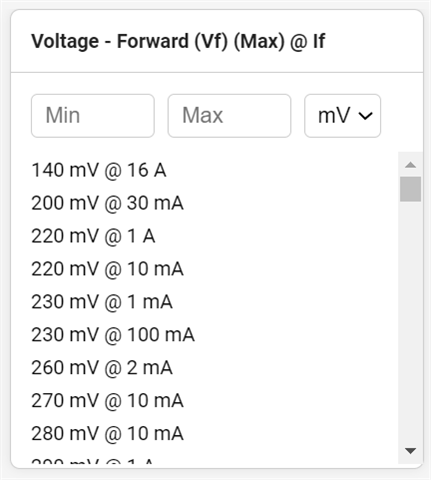Hello,
Designing with this part to measure the power used by a 12-24 watt motor, the data sheet make a point of mentioning that inductive kickbacks need to be controlled with zener type devices good for positive going spikes, but I think we are also concerned with negative spikes, IN+ and IN- have a limit of -0.3 volts, there does not seem to be a protective device for something that small. We looked at the document referred to in the spec sheet listed below.
The Current Shunt Monitor with Transient Robustness Reference Design describes a high-side, current-shunt monitor used to measure the voltage developed across a current-sensing resistor and how to better protect the current-sense device from transient overvoltage conditions. We do not think this will protect from negative spikes, what do you suggest? Are we being too cautious?
I attached the reference document, we not really clear on TP6 and TP7 do as it looks like that would ground the input, we assume it just a test point. the interesting part is the 1 ohm with TVS and 9 ohm cap to ground. I would like confirmation that this arrangement protect the chip and all we really need to do.
thanks,
Gerard


